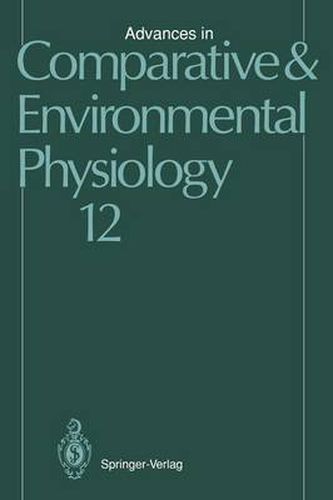Readings Newsletter
Become a Readings Member to make your shopping experience even easier.
Sign in or sign up for free!
You’re not far away from qualifying for FREE standard shipping within Australia
You’ve qualified for FREE standard shipping within Australia
The cart is loading…






This title is printed to order. This book may have been self-published. If so, we cannot guarantee the quality of the content. In the main most books will have gone through the editing process however some may not. We therefore suggest that you be aware of this before ordering this book. If in doubt check either the author or publisher’s details as we are unable to accept any returns unless they are faulty. Please contact us if you have any questions.
This volume intends to provide a comprehensive overview on the mecha nisms of muscle contraction and non-muscle cell motility at the molecu lar and cellular level, not only for investigators in these fields but also for general readers interested in these topics. A most attractive feature of various living organisms in the animal and plant kingdoms is their ability to move. In spite of a great diversity in the structure and function of various motile systems, it has frequently been assumed since the nineteenth century that all kinds of motility are essentially the same. Based on this assumption, some investigators in the nineteenth century thought that the mechanisms of motility could better be studied on primitive non-muscle motile systems such as amoeboid movement, rath er than on highly specialized muscle cells. Contrary to their expectation, however, the basic mechanisms of motility have been revealed solely by investigations on vertebrate skeletal muscles, since a monumental discovery of Szent-Gyorgyi and his coworkers in the early 1940s that muscle contraction results from the interaction between two different contractile proteins, actin and myosin, coupled with ATP hydrolysis.
$9.00 standard shipping within Australia
FREE standard shipping within Australia for orders over $100.00
Express & International shipping calculated at checkout
This title is printed to order. This book may have been self-published. If so, we cannot guarantee the quality of the content. In the main most books will have gone through the editing process however some may not. We therefore suggest that you be aware of this before ordering this book. If in doubt check either the author or publisher’s details as we are unable to accept any returns unless they are faulty. Please contact us if you have any questions.
This volume intends to provide a comprehensive overview on the mecha nisms of muscle contraction and non-muscle cell motility at the molecu lar and cellular level, not only for investigators in these fields but also for general readers interested in these topics. A most attractive feature of various living organisms in the animal and plant kingdoms is their ability to move. In spite of a great diversity in the structure and function of various motile systems, it has frequently been assumed since the nineteenth century that all kinds of motility are essentially the same. Based on this assumption, some investigators in the nineteenth century thought that the mechanisms of motility could better be studied on primitive non-muscle motile systems such as amoeboid movement, rath er than on highly specialized muscle cells. Contrary to their expectation, however, the basic mechanisms of motility have been revealed solely by investigations on vertebrate skeletal muscles, since a monumental discovery of Szent-Gyorgyi and his coworkers in the early 1940s that muscle contraction results from the interaction between two different contractile proteins, actin and myosin, coupled with ATP hydrolysis.